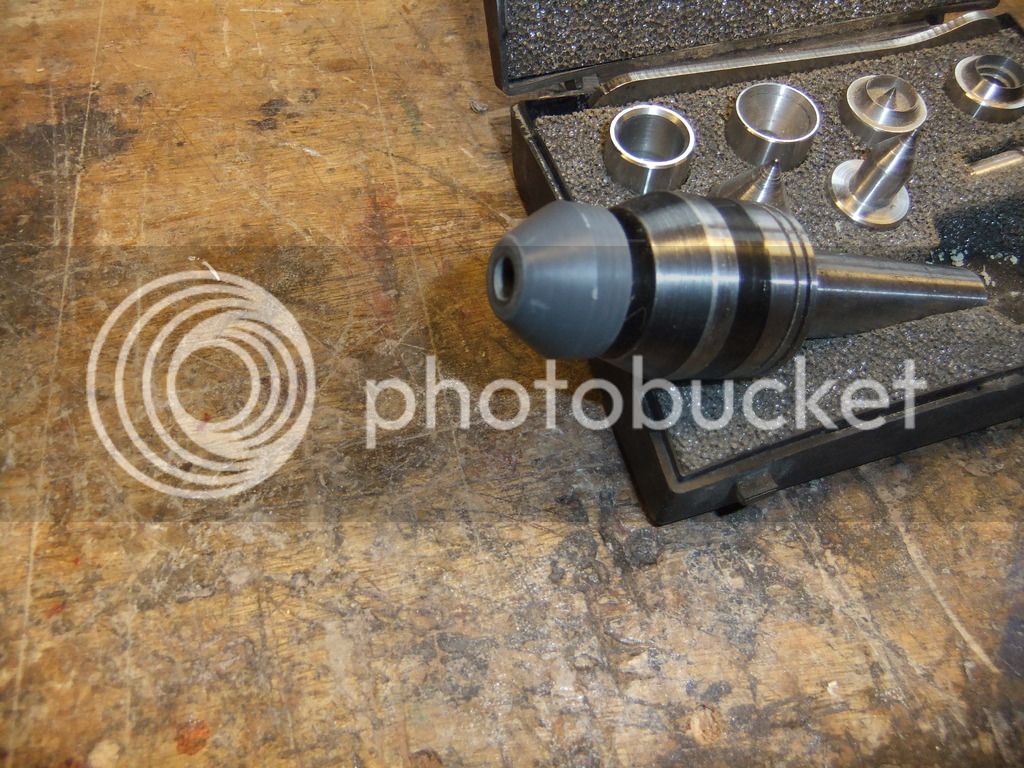midnightlunchbox
Established Member
Hi folks,
I've been turning pens for years now and no matter how hard I try my mandrel always has a slight wobble on it, presumably due to the shaft being bent. It's not severe or, to the layman, noticeable, but I know it's there and it bugs me. Even a brand new shaft has the slightest wobble and it's not the alignment of the head/tail stock. I have tried giving the morse taper end a clean in case some dirt was knocking it off centre but that doesn't affect it. At the moment I shorten the shaft so I turn only one barrel at a time but I'd prefer to see both parts spinning to get a consistent shape.
So, I have been looking at a pen mandrel support which is essentially a hollow live centre for the tail stock which puts pressure directly on the bushes and prevents warping of the shaft (or so it's claimed). Does anyone have one of these? Are they any good?
Cheers
Craig
I've been turning pens for years now and no matter how hard I try my mandrel always has a slight wobble on it, presumably due to the shaft being bent. It's not severe or, to the layman, noticeable, but I know it's there and it bugs me. Even a brand new shaft has the slightest wobble and it's not the alignment of the head/tail stock. I have tried giving the morse taper end a clean in case some dirt was knocking it off centre but that doesn't affect it. At the moment I shorten the shaft so I turn only one barrel at a time but I'd prefer to see both parts spinning to get a consistent shape.
So, I have been looking at a pen mandrel support which is essentially a hollow live centre for the tail stock which puts pressure directly on the bushes and prevents warping of the shaft (or so it's claimed). Does anyone have one of these? Are they any good?
Cheers
Craig






